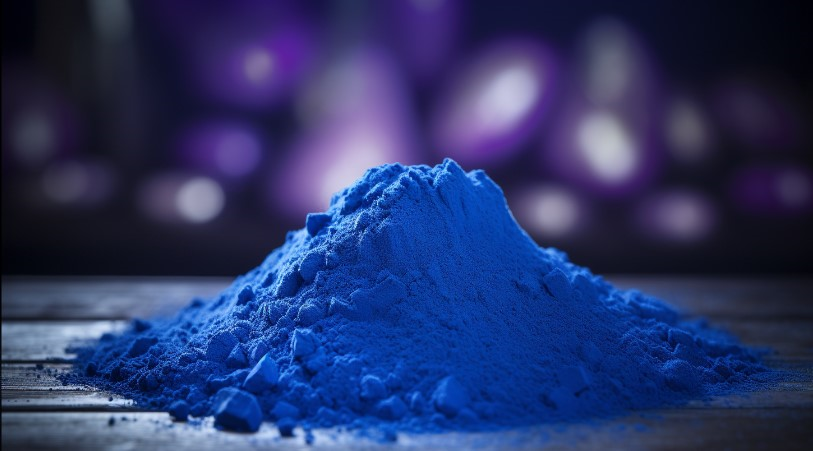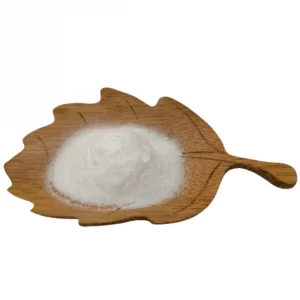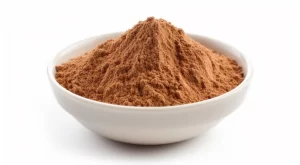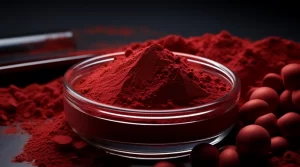Wie kann man "Phycocyanin" als wahr oder falsch erkennen?

Phycocyanin benefits(benefits of phycocyanin)
Phycocyanin is a new resource product that has attracted much attention in recent years. It is precisely because of its precious nutritional value that many fake products under the banner of phycocyanin have appeared on the market recently.
Phycocyanine bienfaits Natural blue pigments in nature are extremely rare, and some unscrupulous businesses in order to reduce costs will use synthetic pigment bright blue, active brilliant blue or other blue pigments such as gardenia blue treated with enzymes.
A large number of research results show that synthetic pigments not only have no nutritional value, most of them are harmful to human health, mainly mild toxicity, laxative effect and carcinogenic potential.
The difference between phycocyanin, brilliant blue and Gardenia blue
Phycocyanin, bright blue and gardenia blue are all blue food colors:
Phycocyanin: extracted from spirulina, soluble in water, brightly colored and fluorescent, unstable to heat, light and acid
Bright blue: by artificial synthesis, powder with metallic luster, easy to dissolve in water, light resistance, heat resistance, acid resistance, alkali resistance are good
Gardenia blue: made from the fruits of the madder plant gardenia, the color is darker, usually not up to the bright blue translucent bright effect, easy to dissolve in water, poor light resistance
Of course, rest assured that the ways in which phycocyanin can distinguish between true and false are already listed, and we will judge from its chemical properties and senses. Now, please open your eyes.
1. Add or subtract fading method
The solution of natural phycocyanin is unstable to alkali and becomes colorless immediately when PH10 is above. And “fake” phycocyanin, such as chemical bright blue or active brilliant blue, is stable to alkali and does not fade, even if it is a trace addition.
2, high temperature fading
Natural phycocyanin is a highly active protein, so high temperature will lead to protein inactivation denaturation, and its aqueous solution color will change from bright blue to dull; Some fake algin blue solutions, such as bright blue, do not change color when boiling at high temperatures.
3. Skin contact
The natural algin blue has an affinity for skin care and can be easily absorbed or cleaned when applied to the skin. Some fake “chemical algal blue” stick to the skin is difficult to clean, generally takes more than three days to be degraded by the human body fade.
4. Smell different
Natural phycocyanin has a special flavor similar to nori, slightly fishy taste; Some counterfeit Phycocyanin is not a protein, but a chemical dye with a strong ink smell.
5. Precipitation effect
The natural phycocyanin aqueous solution showed turbidity or precipitation below PH4. And some fake phycocyanin this chemical pigment generally does not muddy precipitation.
6, powder particles
The natural phycocyanin product is a freeze-dried powder with coarse particles and light texture and irregular powder particles. Some counterfeit algal blue products have a fine, even texture.
The above six methods are introduced, the identification of true and false can not be 100% accurate, so it is recommended to use the first intuitive and simple “alkali fading method”. Of course, if one of the above does not meet, you can basically rule out the true “phycocyanin”!
phycocyanin Manufacturer / phycocyanin Manufacturers/ phycocyanin Supplier / phycocyanin Suppliers/ phycocyanin Factory:
E-Mail: [email protected]
Telefon: +86 (029) 8187 2325
() ()


